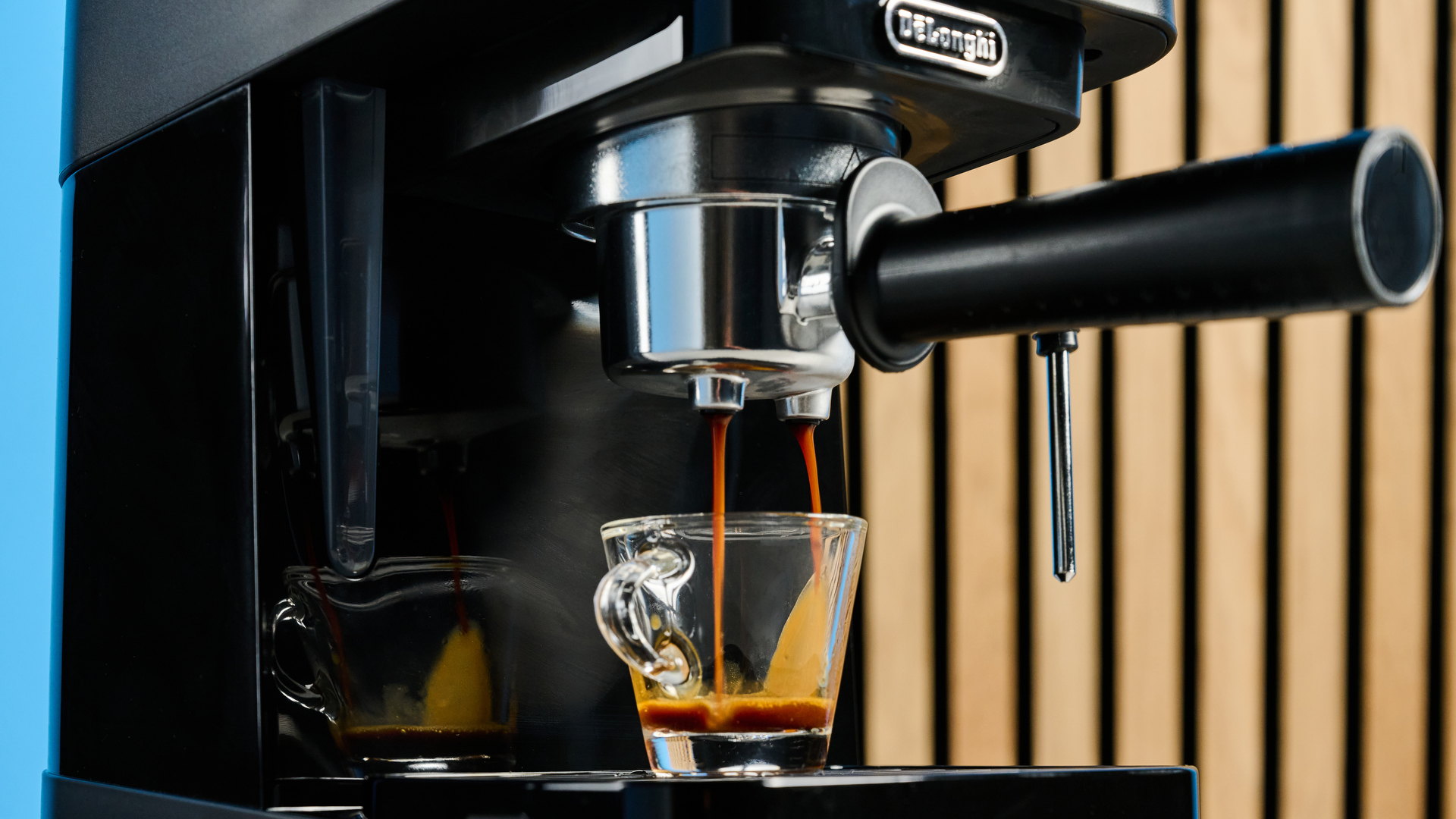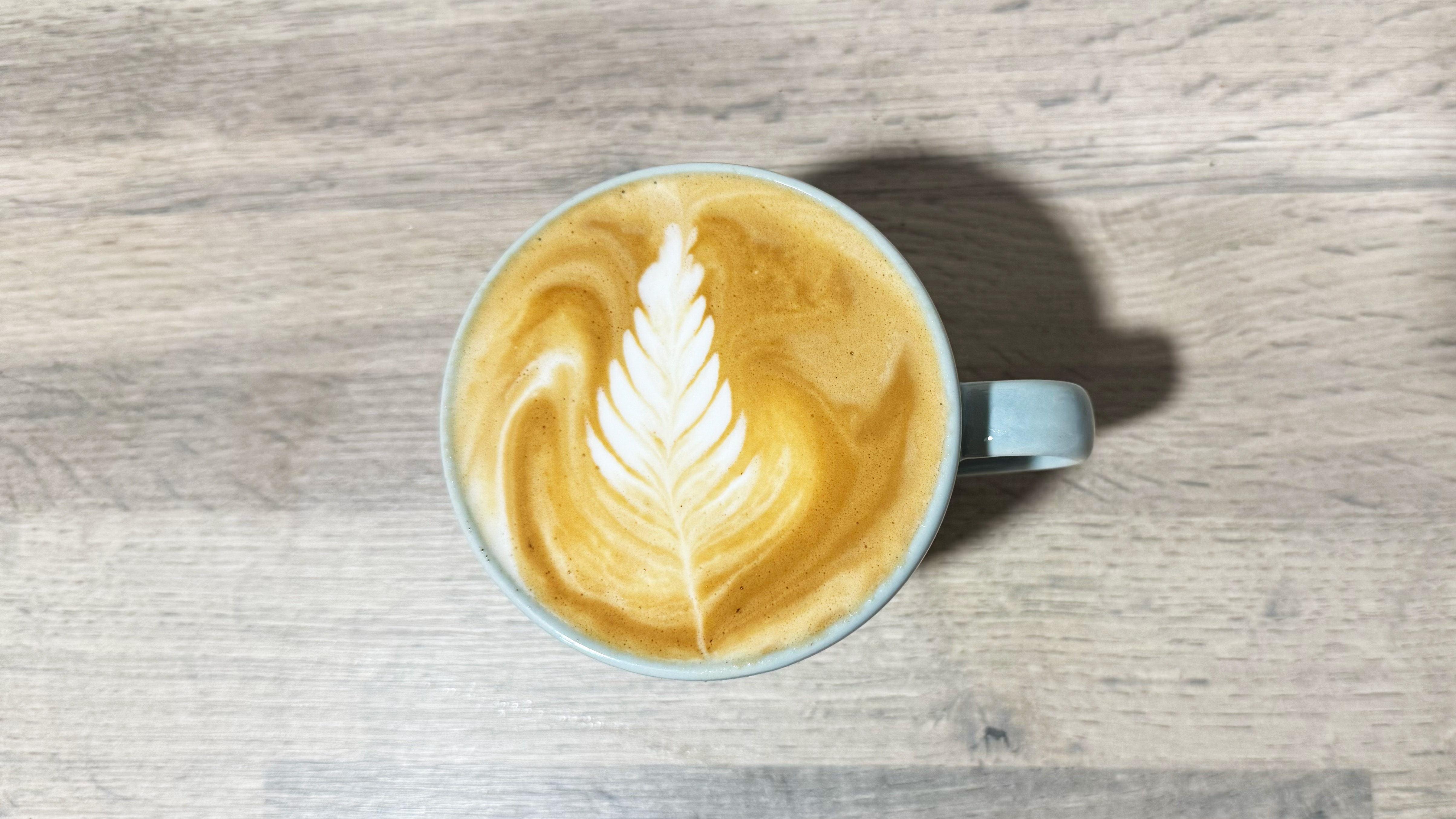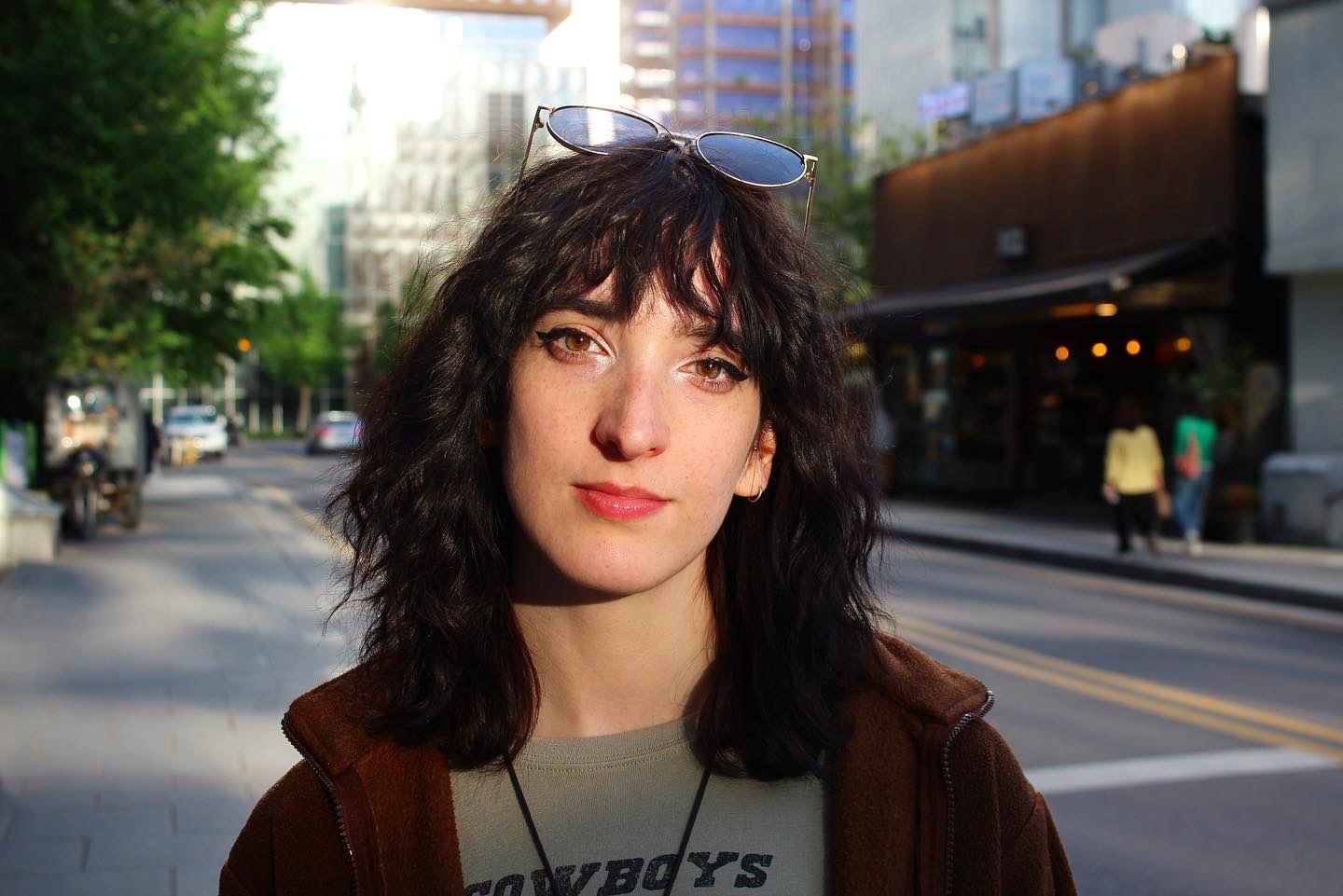I’m an ex-barista and these easy upgrades will make your cheap espresso machine brew like a pro
Follow these easy espresso tips for premium taste

I know that many of the best espresso machines cost an arm and a leg. Home espresso machines can literally cost upwards of $10k, which is obviously out of the realm of possibility for most of us normal folk.
But not all hope is lost — some espresso machines are under $300, and they're actually really good. I recently tested the $149 De'Longhi Stilosa and I can't stop yapping on about it. Admittedly, I expected it to be trash, but it's the complete opposite.
There are a few essential upgrades, though. You cannot use pre-ground coffee, not under any circumstances. You need to get your ratios right. And, finally, you need single-walled portafilters.
The U.K. version of the Stilosa comes with single-walled portafilters, whereas the U.S. one doesn't. I'll recommend alternatives, tips, and tricks below — all from me, an ex-barista.
Upgrade #1: Get a good grinder
If you know even a little bit about coffee, I'm sure you already know that having a good grinder is the most important thing you can do. Most of them are very low effort — the Baratza Encore ESP and Breville Dose Control Pro ($199 and $139) respectively are electric, so you just press 'grind' and go.
Hand-grinders are more unique. You can adjust the grind size to the nth degree (we're talking literal microns here) and provide a more personalized experience.
My personal recommendation depends on your budget and coffee style. Got money to burn? Then get the Comandante C40 MK4. Want a decent grinder that's relatively cheap? Then the Breville Dose Control Pro is for you. Just make sure your grinder has a burr and not a blade.
Get instant access to breaking news, the hottest reviews, great deals and helpful tips.
The Dose Control Pro is one of the cheapest grinders on the market today. Not going to lie, it's not the best, but considering the price? Heck, it'll do. It has good uniformity and consistency and is one of the easiest grinders to use for beginners.
Why is a good grinder so important? Many reasons, but most of it is because of a) freshness of coffee results in good flavor, and b) too coarsely or too finely ground coffee will result in nasty espresso.
Shop-bought preground coffee will 99% of the time result in nasty espresso. It's not been ground fine enough for most home espresso machines and is usually stale after a few days. You'll never be able to achieve cafe-quality espresso with preground coffee.
Enter the coffee grinder. Even grocery-store branded wholebeans will taste better than premium preground. If you make sure you're grinding on the finest (or almost the finest) setting, your espresso will be so much tastier. Look for a texture around the size of baker's sugar or even as fine as icing sugar or flour.
With a good grinder, you'll be well on your way to brewing like a pro.
Upgrade #2: Get a coffee scale
While some more expensive espresso machines have built-in dose, preinfusion, and extraction times (or volumes), cheap espresso machines tend not to. As a result, if you have a more basic machine, you'll need to measure these amounts yourself. Also, I've found that you can't always trust machines. I would much rather figure this stuff out myself.
So to upgrade your cheap machine, you'll need a coffee scale. Thankfully, I've tested loads of the best coffee scales, so without much ado, I'll tell you exactly which one you should get.
The Wacaco Exagram Pro is one of the cheapest coffee scales on the market and it's the one I personally use every single time I make a coffee.
The Wacaco Exagram Pro coffee scale is so good because it does what other scales seem to be incapable of — be affordable. Some of the premium scales can go for almost $300, so $50 for a scale of this quality is a steal.
If you're brewing espresso on a budget, then there's nothing I recommend more than the Wacaco Exagram Pro scale. It has an auto-detection mode, so it will automatically start timing once your espresso pours. The dial surface is water-resistant but has no IP rating, so while it'll be fine if a little splash falls on it during coffee making, I wouldn't go dunking it in the bathtub.
I use this scale every day and I have no complaints at all. It's reliable, accurate, and most of all, affordable.
Upgrade #3: Get single-walled portafilters
My last point depends on what machine you have. Some machines come with both dual- and single-walled portafilters. You want single-walled portafilters.
Dual-walled portafilters (sometimes called pressurized) basically squeeze the espresso through a tiny hole, which creates air inside the espresso. While this means your espresso looks nice and the crema is thick, you'll lose a lot of coffee flavor.
Single-walled portafilters (sometimes called non-pressurized) have loads of little holes so the espresso can extract without being pushed out.
It's very easy to tell the difference. The left portafilter is a dual-walled, and the right is a single-walled. You want the right side.

So if your portafilters look like the one on the left, you need to get yourself some single-walled ones. Some budget espresso machines only come with dual-walled to try to cover up that the espresso machine isn't that good.
However, if you get a single-walled one, you can bring it back. It's salvageable, I promise.
First, you'll need to figure out what size your coffee machine's portafilters are. The De'Longhi Stilosa I mentioned earlier uses 51mm, and the Bambino Plus uses 54mm (but comes with single-walled portafilters).
Once you know the size, any third-party portafilter will do the trick. You may need to buy a new group head too, just to ensure you're getting the best you can.
Of course, there are more espresso machine upgrades... but they're not exactly low-effort
As I promised in my headline, these tips are very low-effort. All you need to do is buy something — quite low effort if you ask me. However, there are loads of high-effort upgrades available, too.
The first is installing a PID controller, which controls the temperature of the water to prevent weak or burned coffee. You can also do things like installing a pipe into your drip tray and auto-draining into plumbing (obviously only do this if your machine's drip tray is big enough). On top of all of that, you can even replace steam wands with third-party steam wands.
Remember — these are very technical and very high-effort upgrades. They're not for the inexperienced or beginners. I would recommend staying away from these unless you precisely know what you're doing.

Also, if you've got a great grinder, a coffee scale, and some proper portafilters, there's no reason why that won't massively upgrade the flavor of your coffee anyway. For most people, following those 3 tricks will have you pulling shots and slinging lattes like there's no tomorrow.
If you have any coffee questions, please leave a comment and I will reply to you!
More from Tom's Guide

Erin Bashford is a senior writer at Tom's Guide, focusing on reviews. She has a Masters in Broadcast and Digital Journalism from the University of East Anglia. As an ex-barista, she knows her way around a coffee machine, and as a music lover, she's constantly chipping away at her dream of having a multi-room home sound system. In her spare time you can find her reading, practising yoga, writing, or stressing over today’s NYT Games.
You must confirm your public display name before commenting
Please logout and then login again, you will then be prompted to enter your display name.


